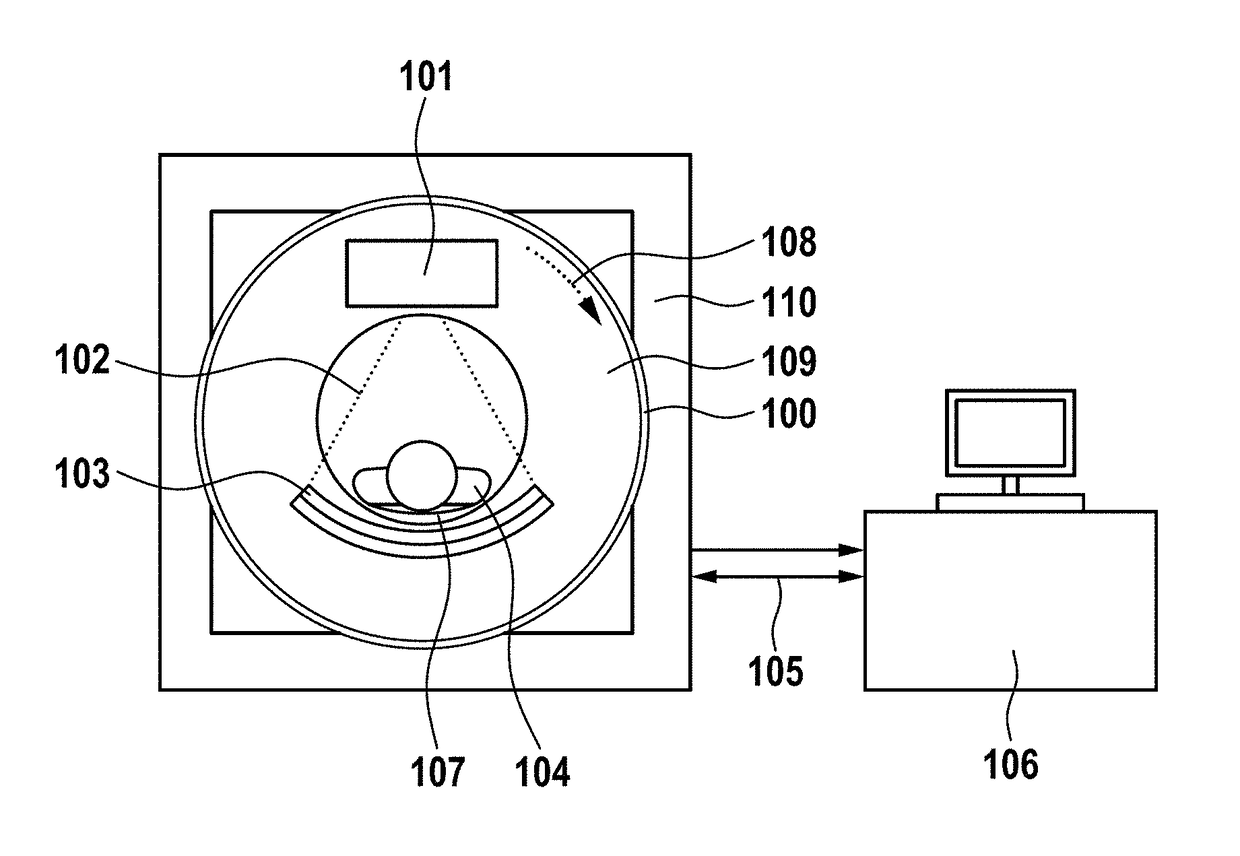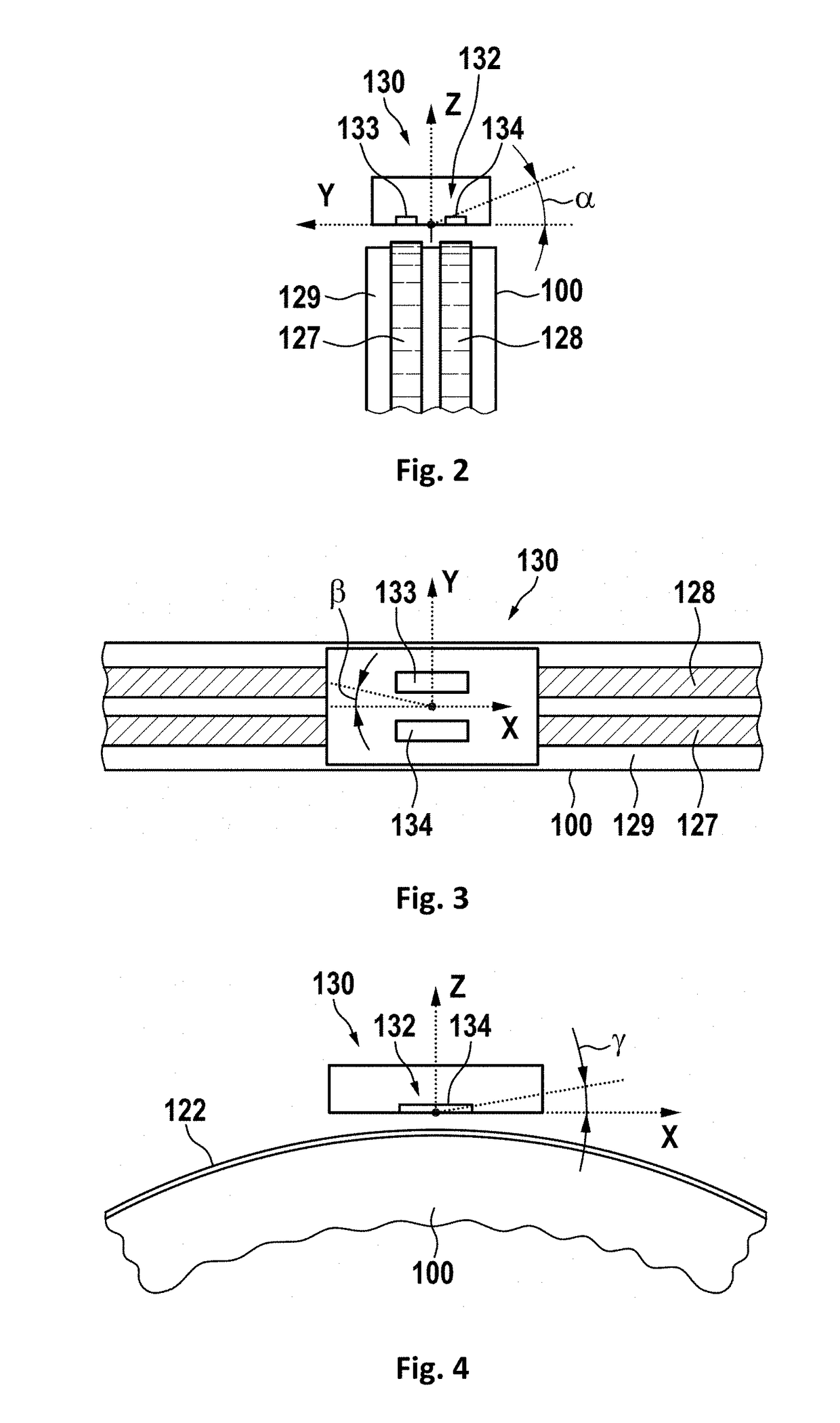Method and device for the adjustment of contactless data links
a technology of contactless data and adjustment method, applied in the field of contactless data link, to achieve the effect of omitting unnecessary steps, low bit error rate, and easy adjustmen
- Summary
- Abstract
- Description
- Claims
- Application Information
AI Technical Summary
Benefits of technology
Problems solved by technology
Method used
Image
Examples
Embodiment Construction
[0037]In FIG. 1, a preferred embodiment is shown. The contactless rotary joint has a transmitter 120 and a receiver 130. A data source 151 generating a test pattern which preferably is a pseudo-noise pattern is coupled to a transmitter amplifier 121 which is part of the transmitter 120. The transmitter amplifier is generating signals for driving the transmission lines 122, 123. These are terminated by terminators 124, 125. Preferably, the transmission lines 122, 123 have the same length and enclose half of the circumference of the rotating part of the rotary joint. It is further preferred, if the terminators 124, 125 are opposite to the position to where the transmitter amplifier 121 is connected to the transmission lines 122, 123. As will be shown later, each of the transmission lines 122, 123 is a differential line comprising two transmitter conductors 127, 128 which are driven by a differential signal.
[0038]A receiver 130 is mounted in close proximity to the transmitter 120 and h...
PUM
 Login to View More
Login to View More Abstract
Description
Claims
Application Information
 Login to View More
Login to View More - R&D
- Intellectual Property
- Life Sciences
- Materials
- Tech Scout
- Unparalleled Data Quality
- Higher Quality Content
- 60% Fewer Hallucinations
Browse by: Latest US Patents, China's latest patents, Technical Efficacy Thesaurus, Application Domain, Technology Topic, Popular Technical Reports.
© 2025 PatSnap. All rights reserved.Legal|Privacy policy|Modern Slavery Act Transparency Statement|Sitemap|About US| Contact US: help@patsnap.com



